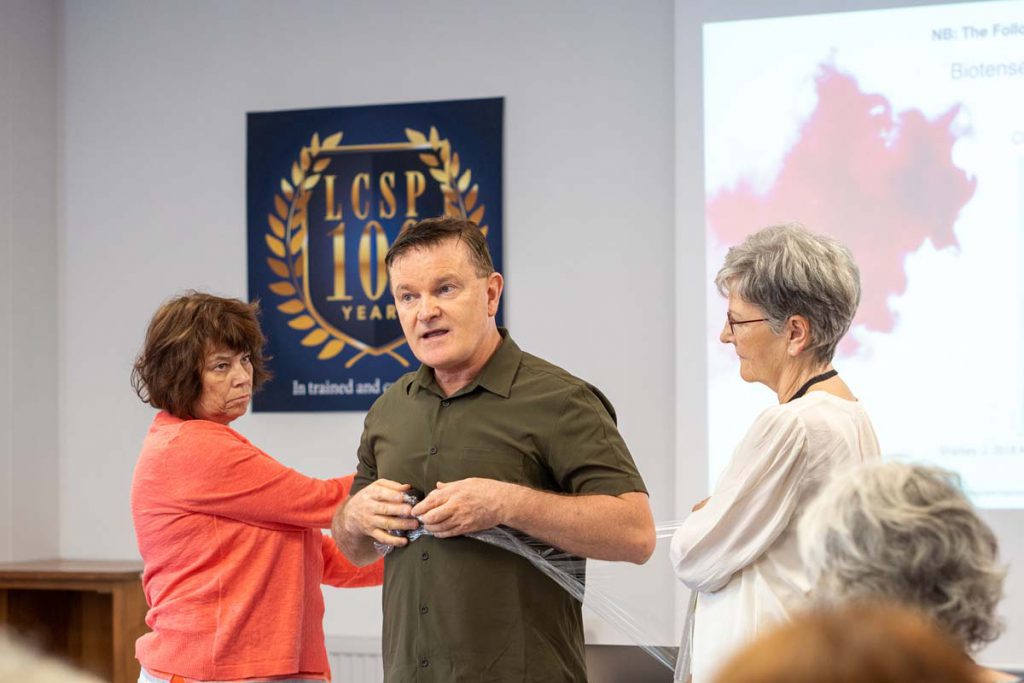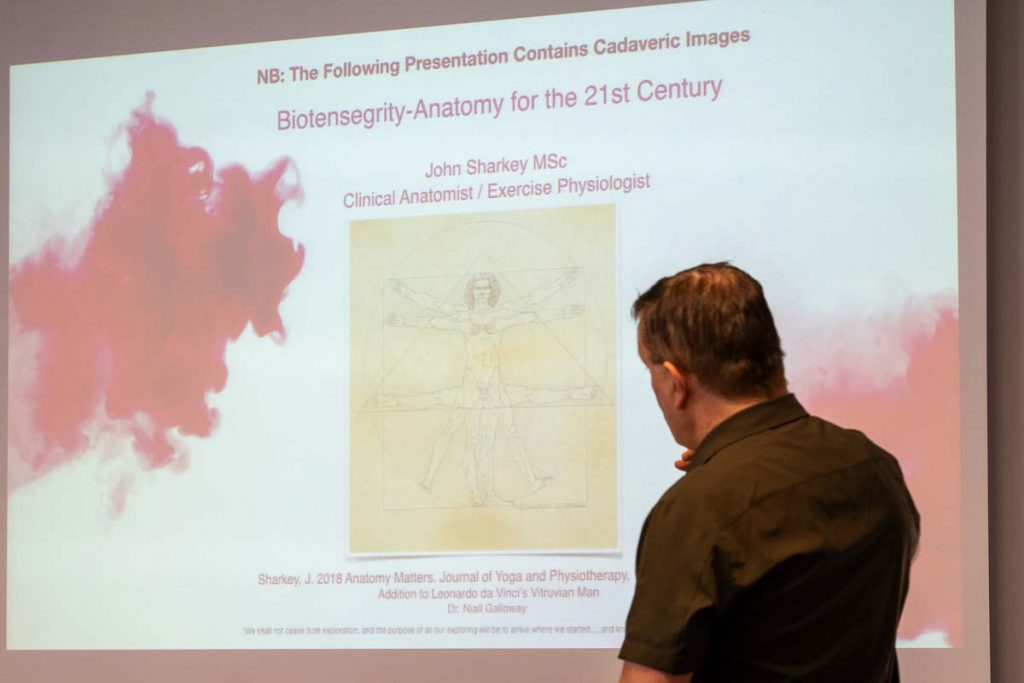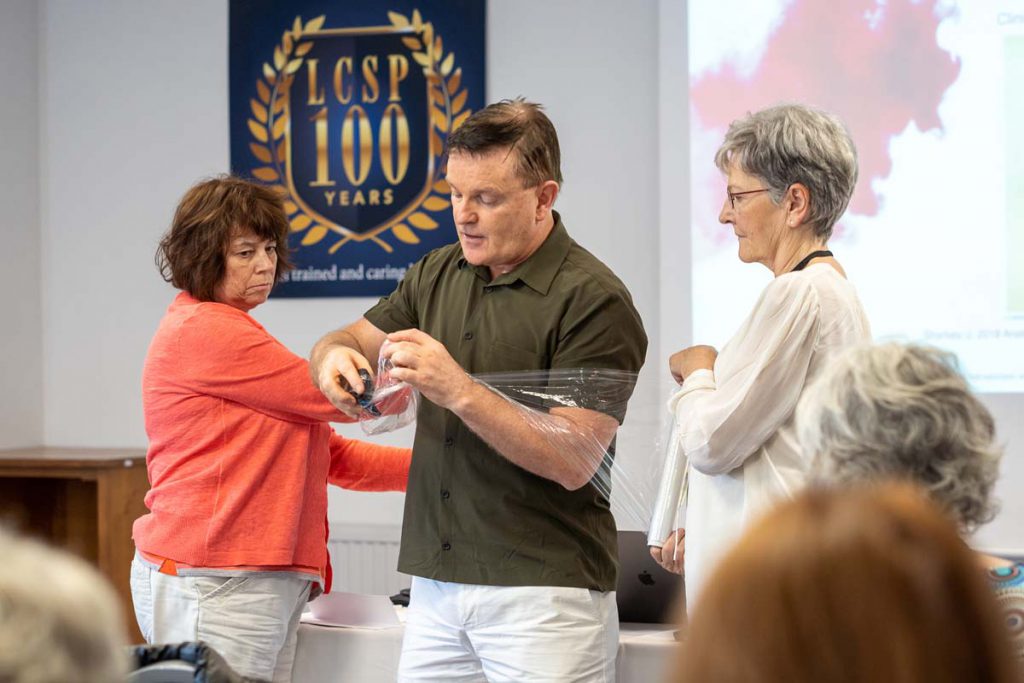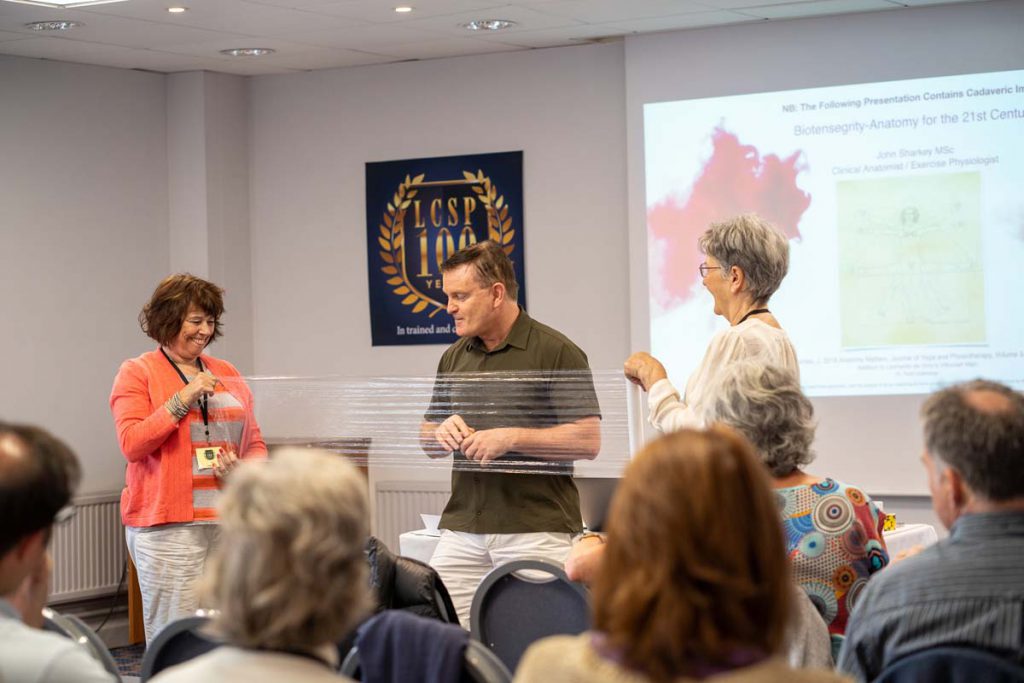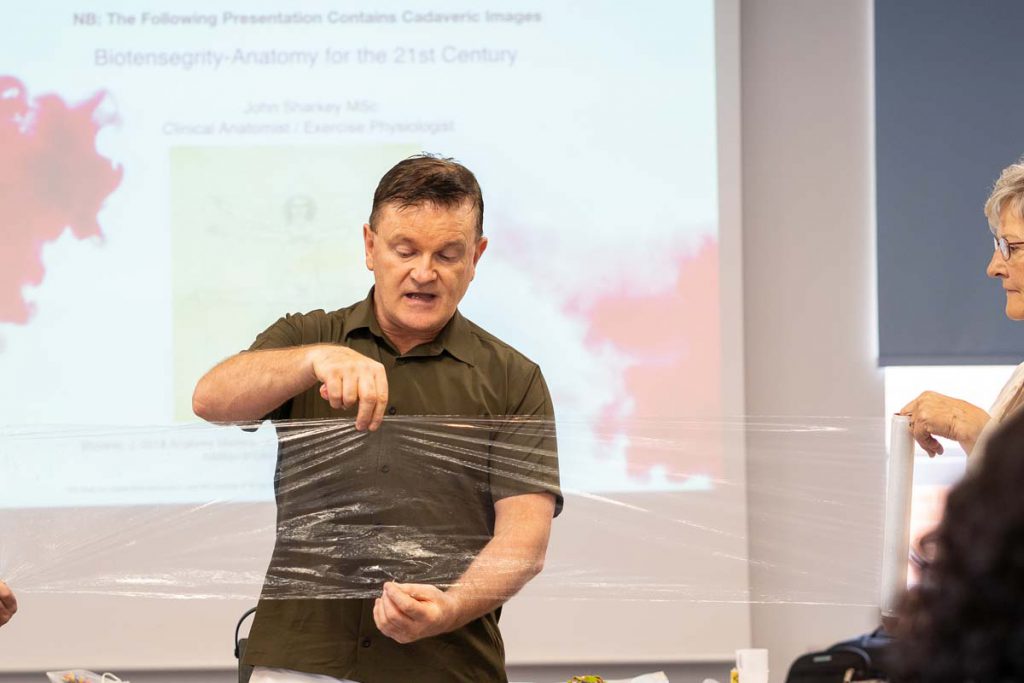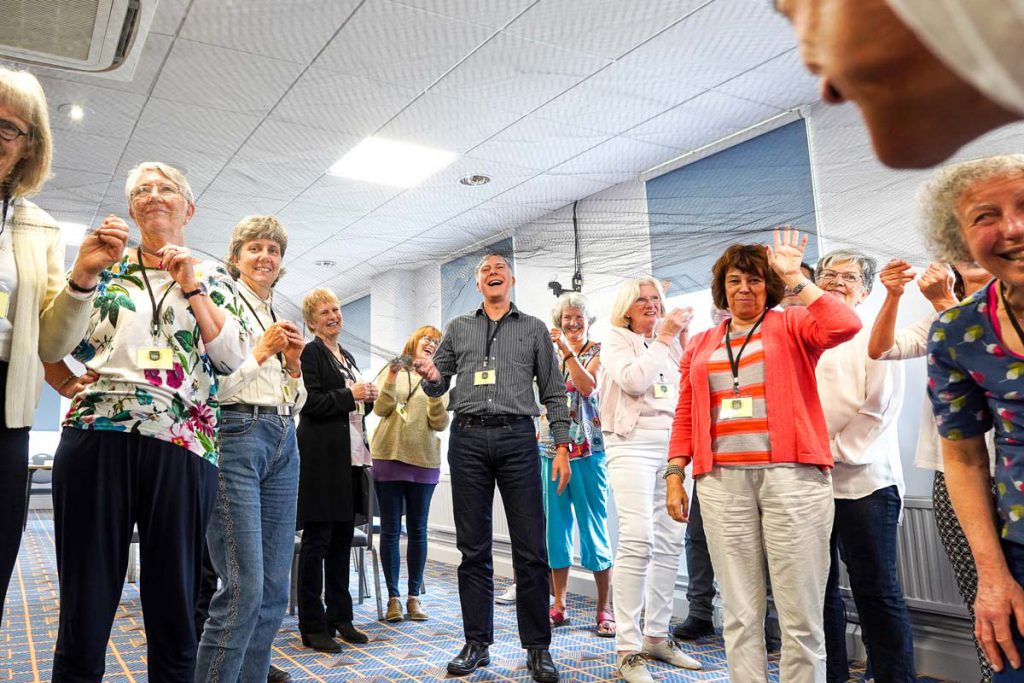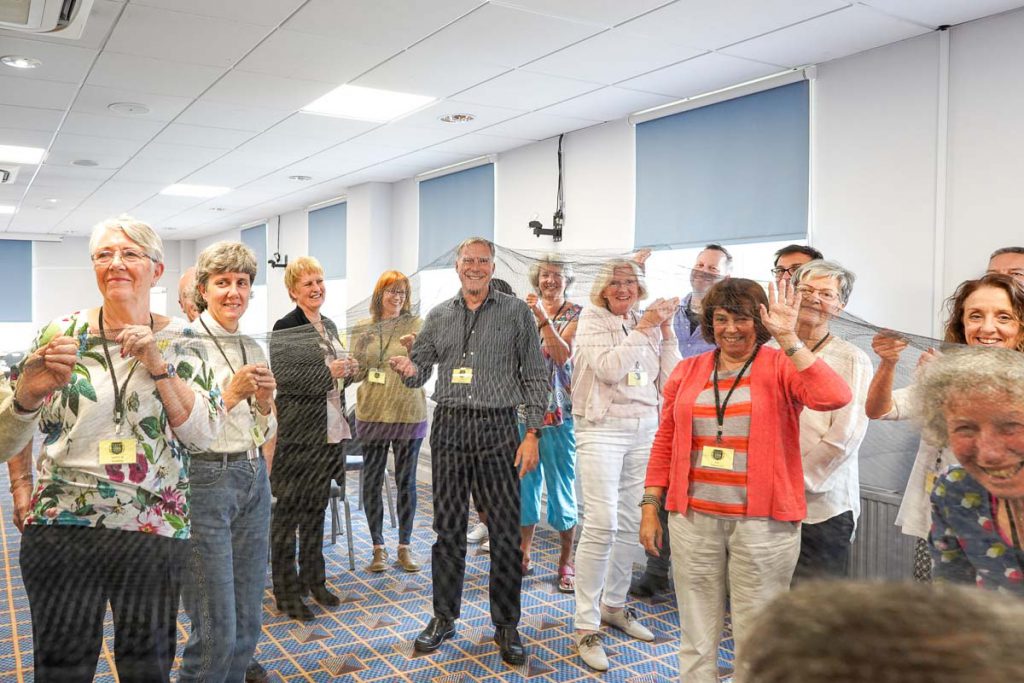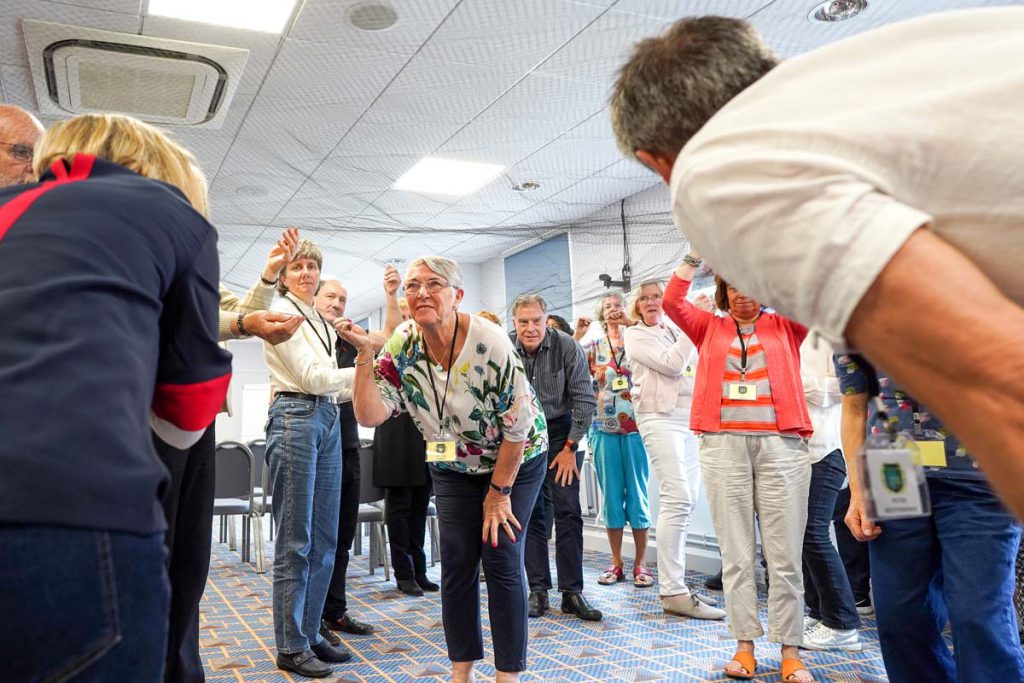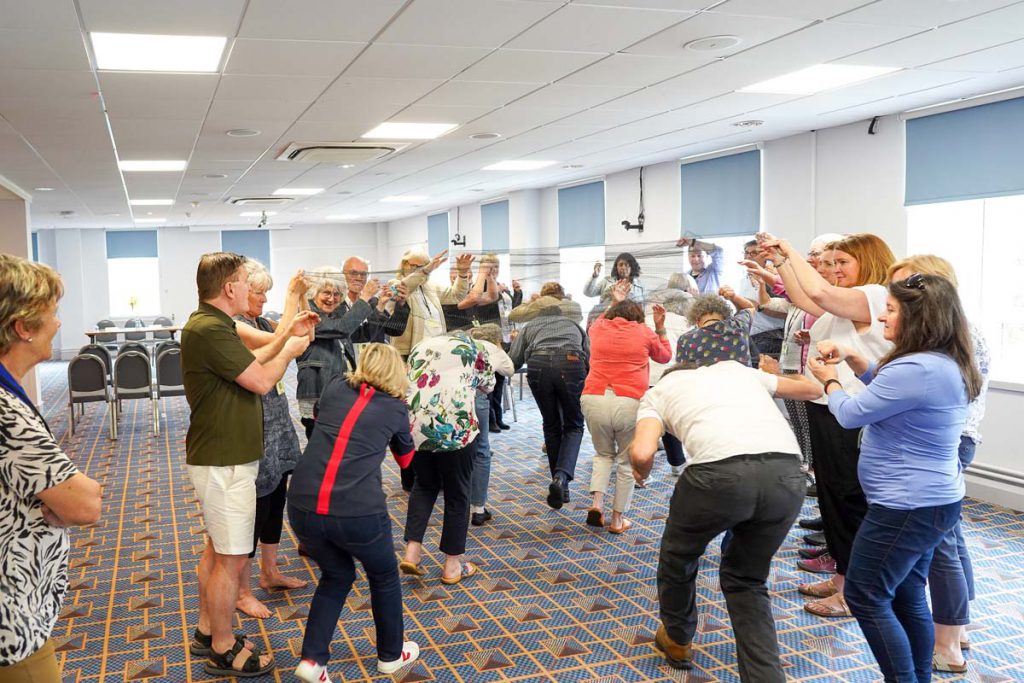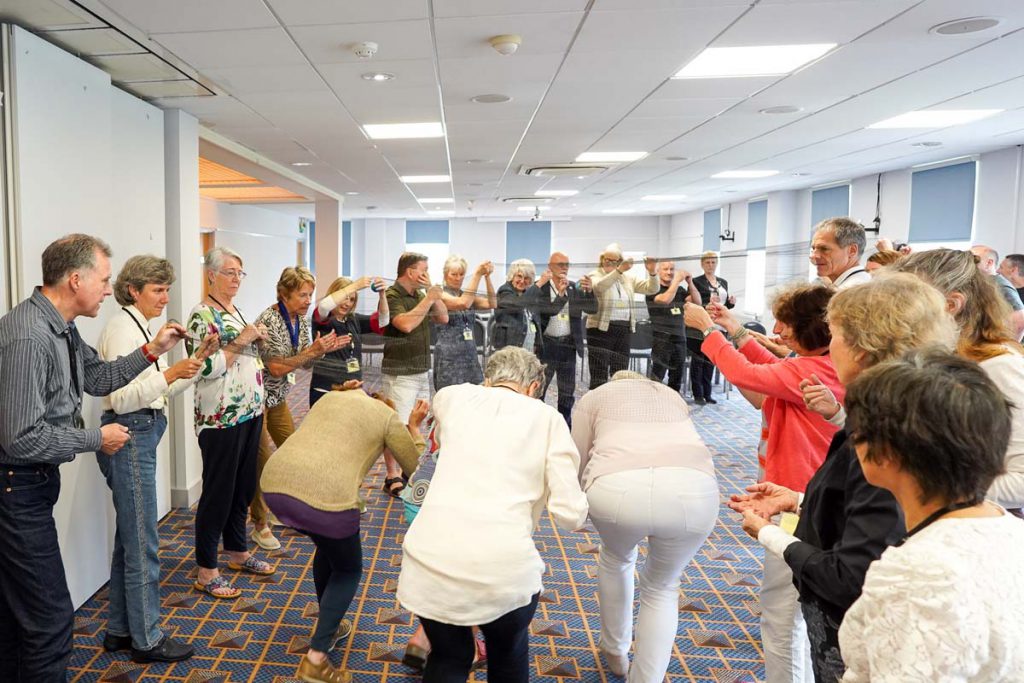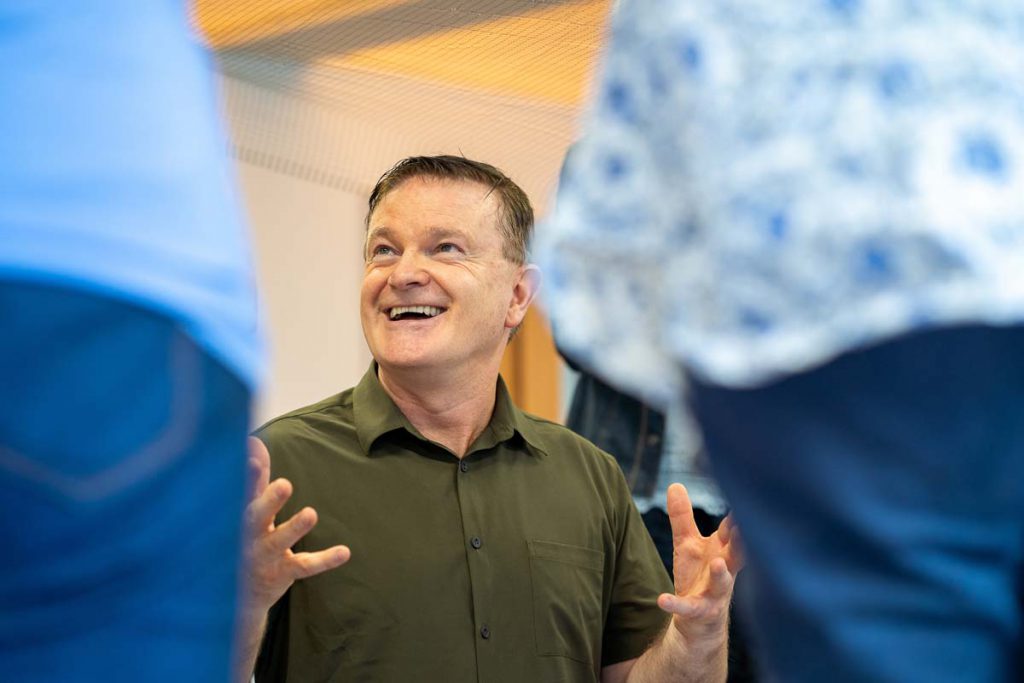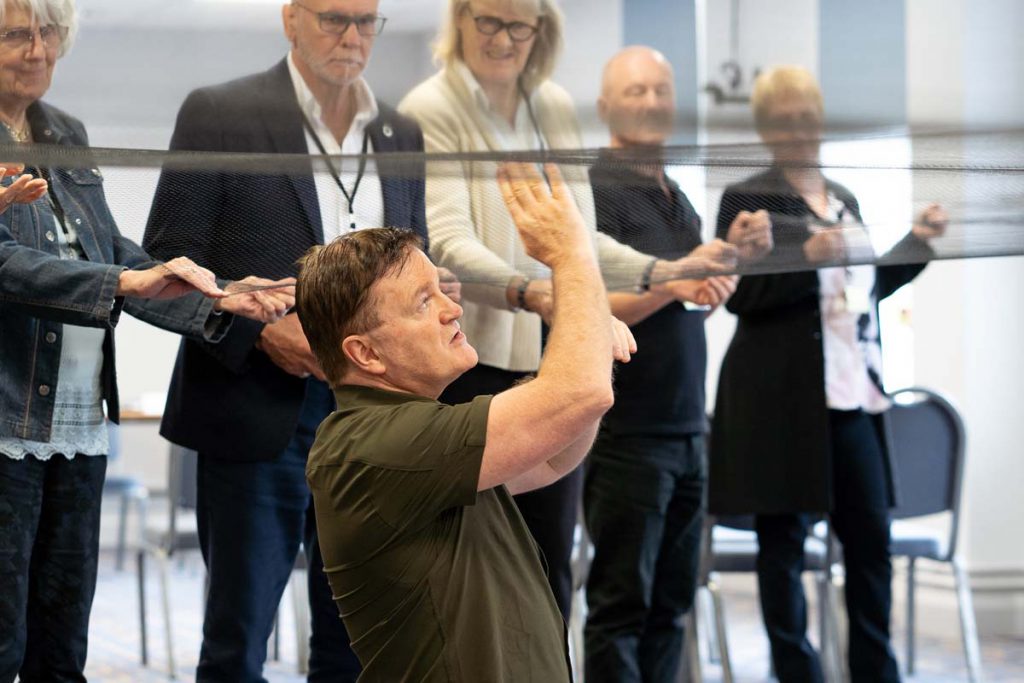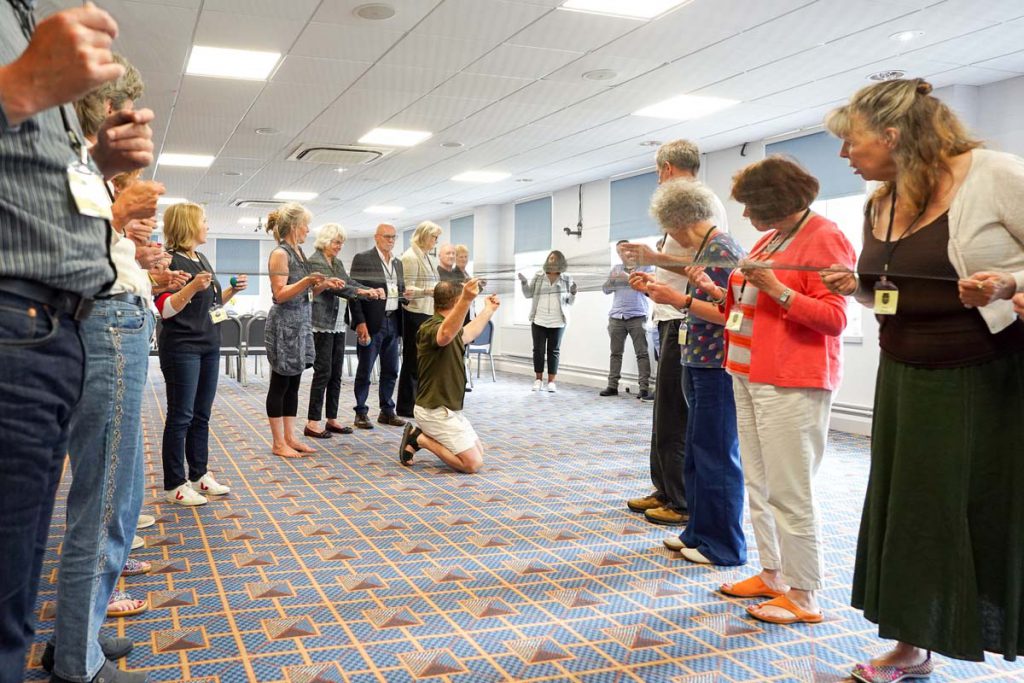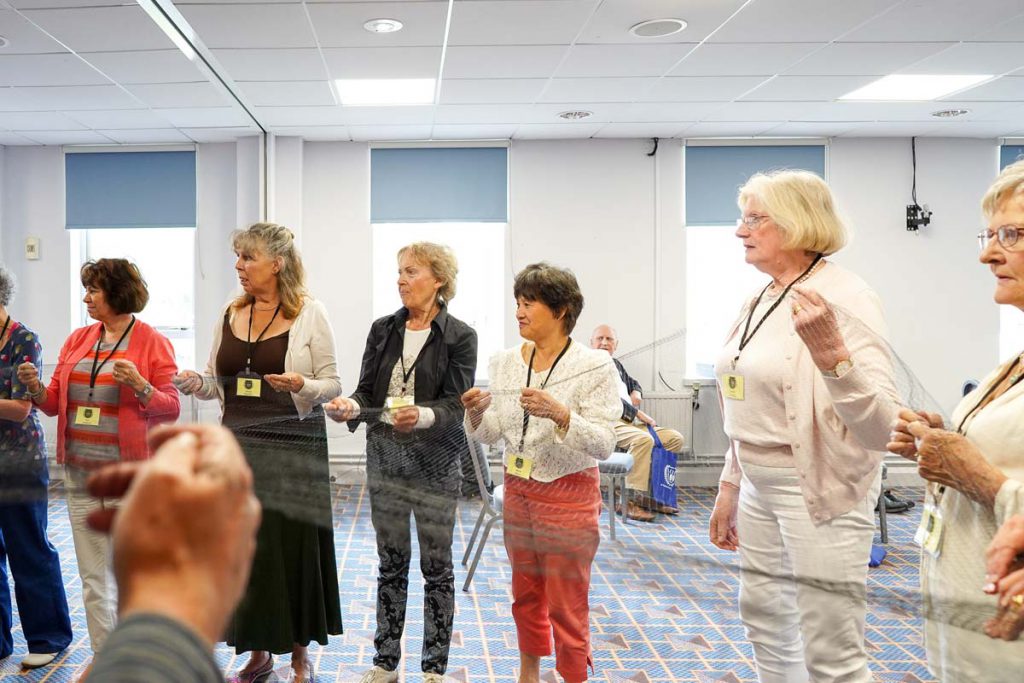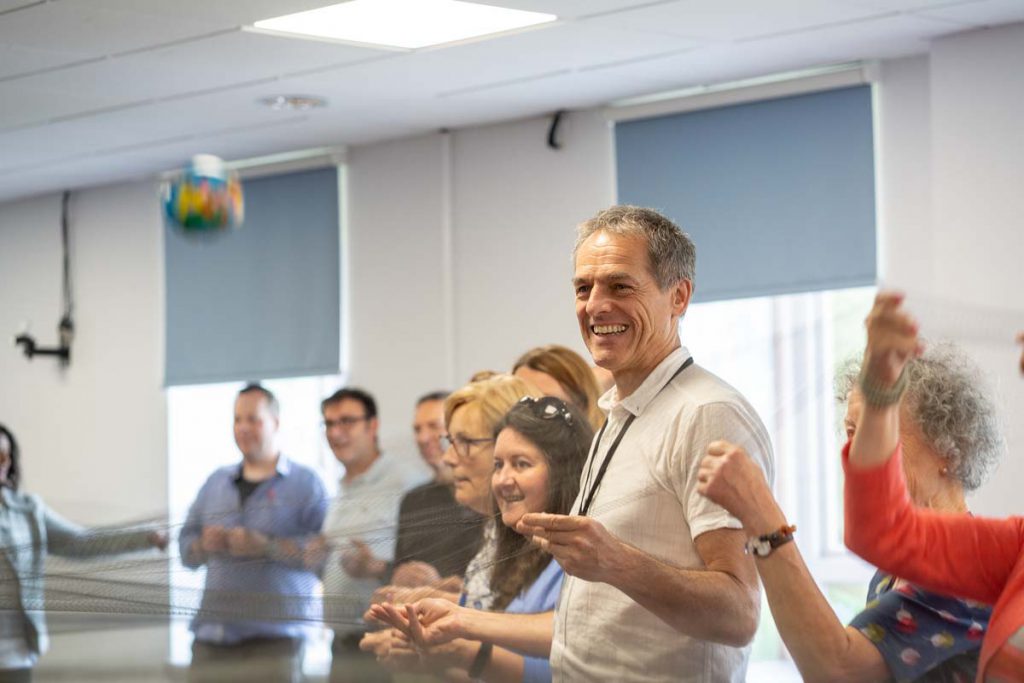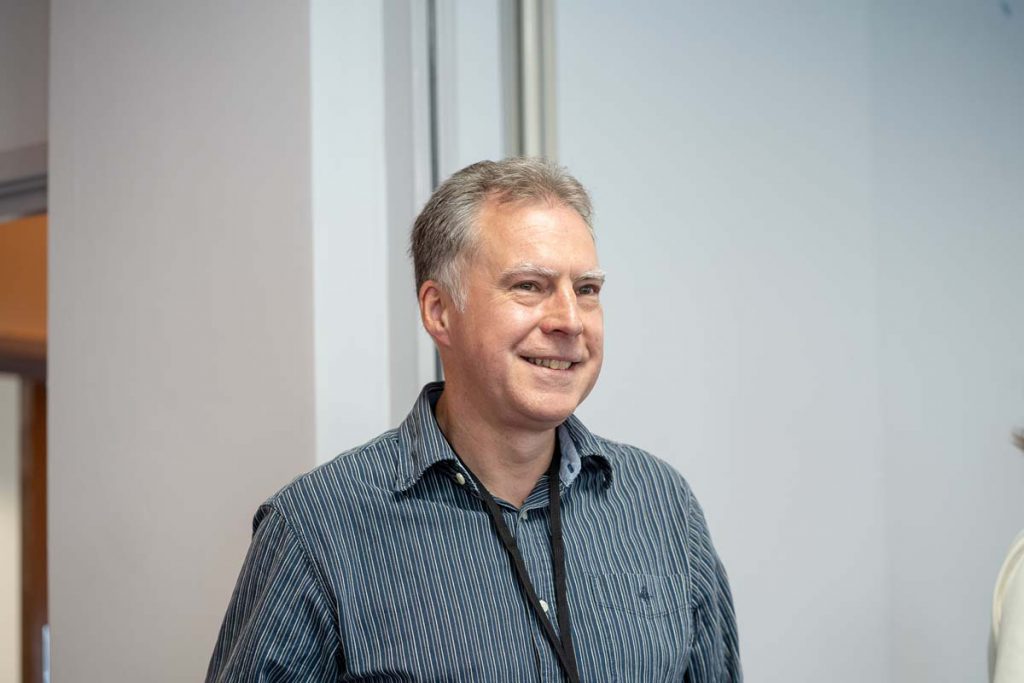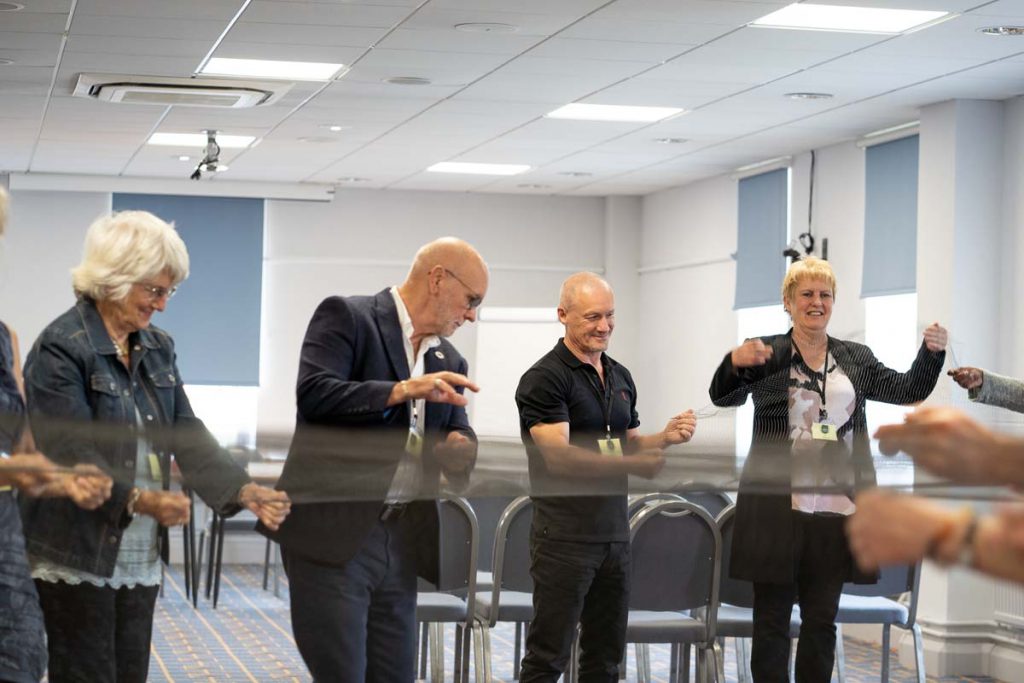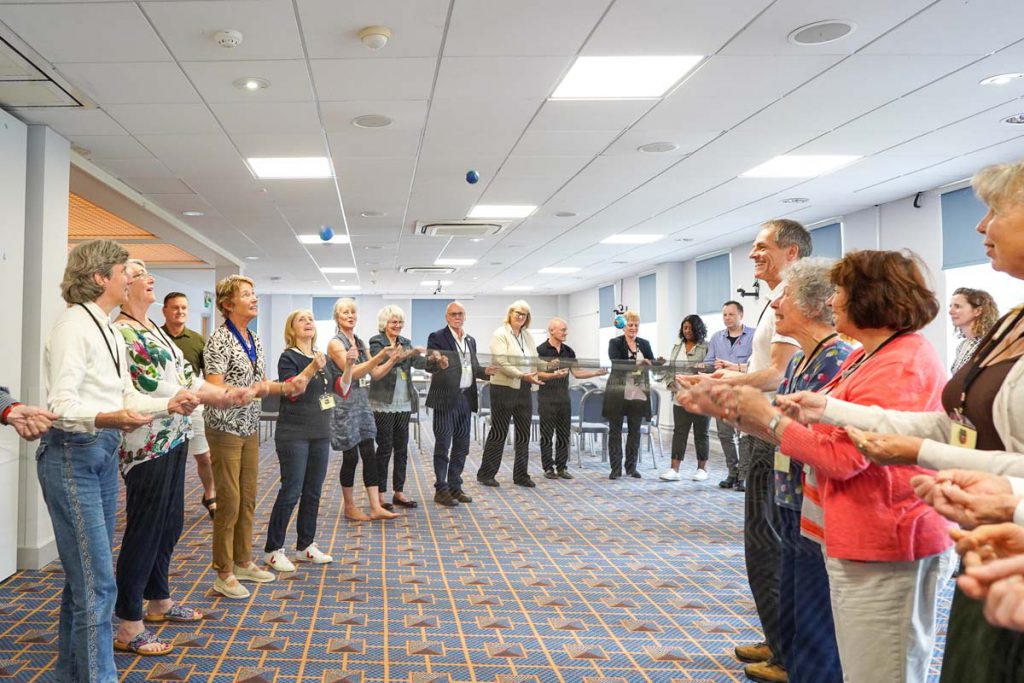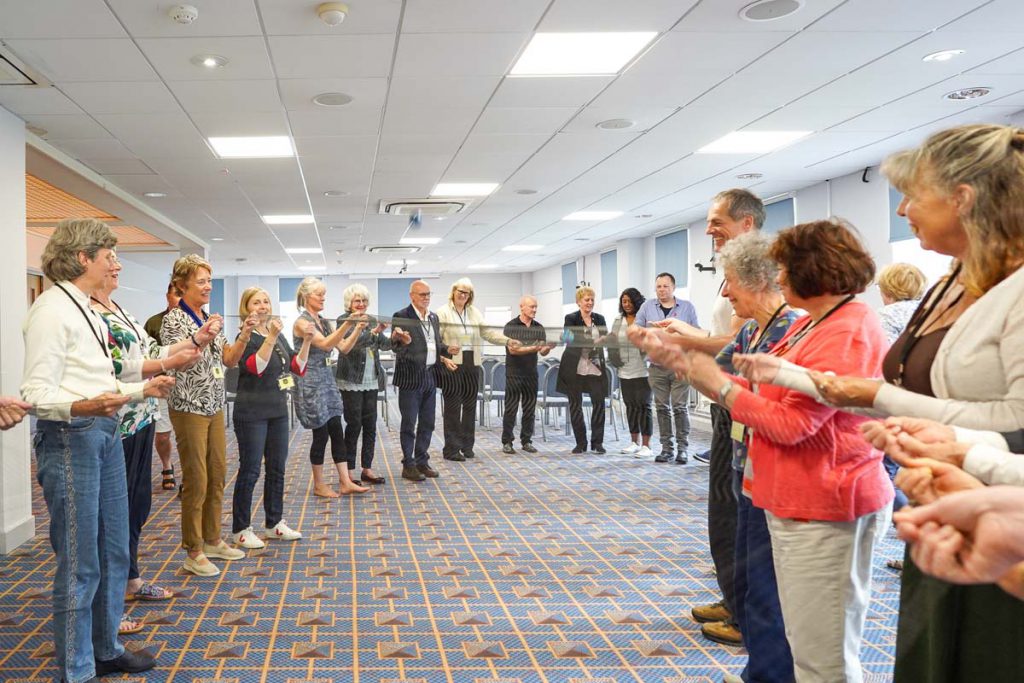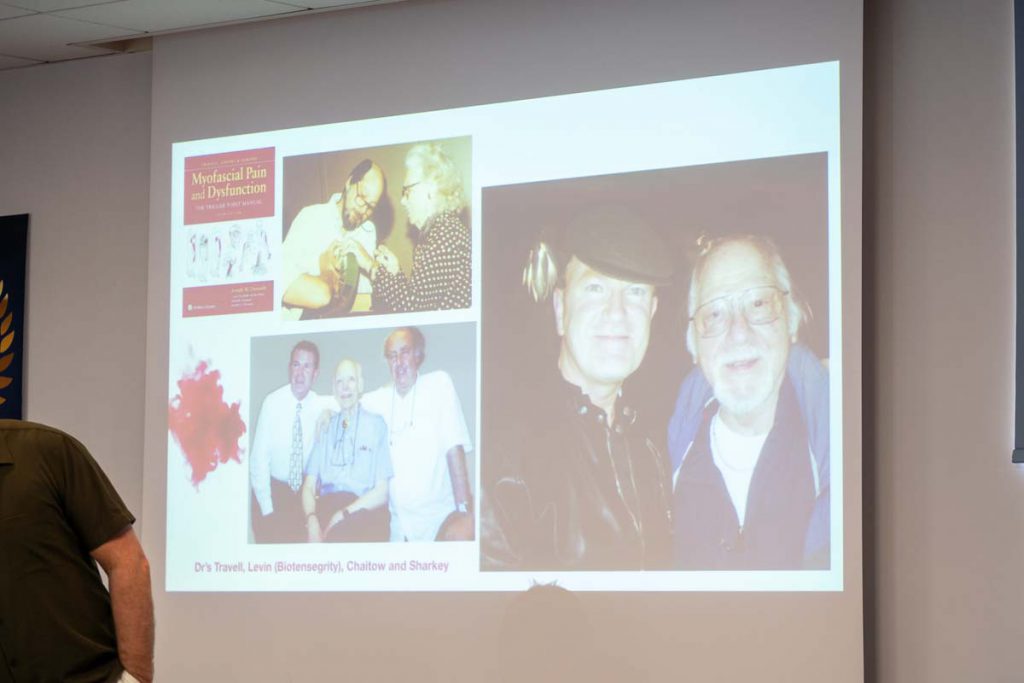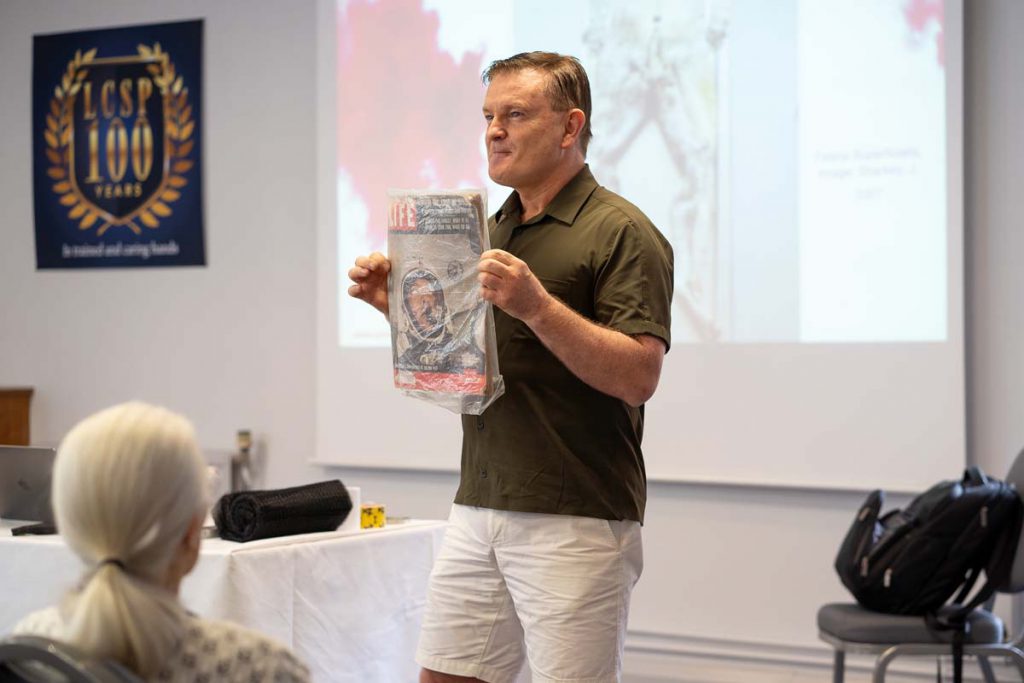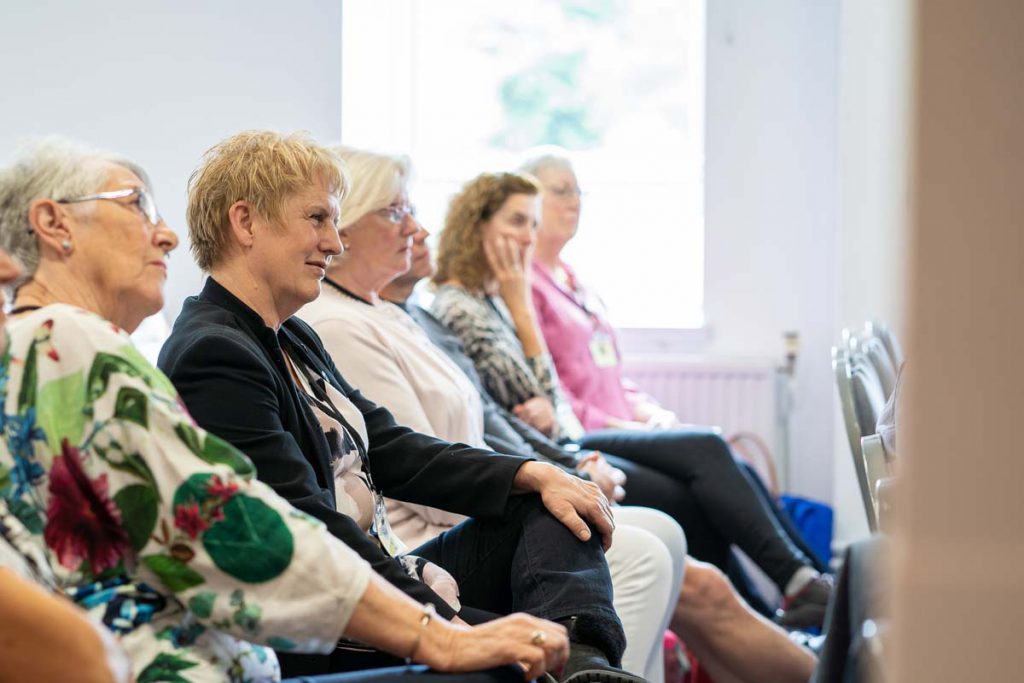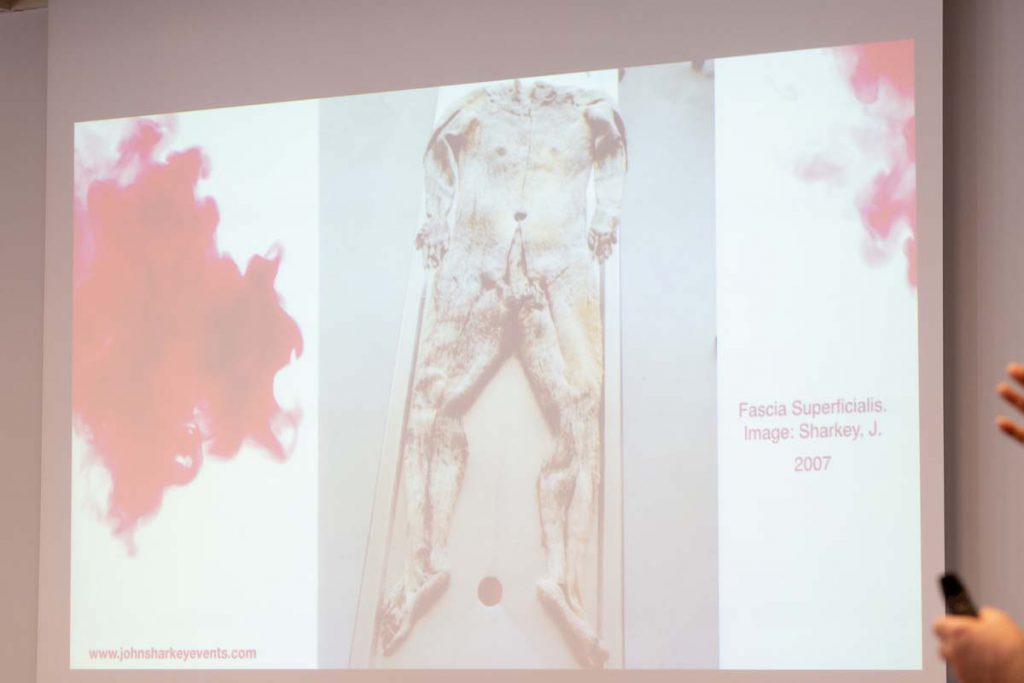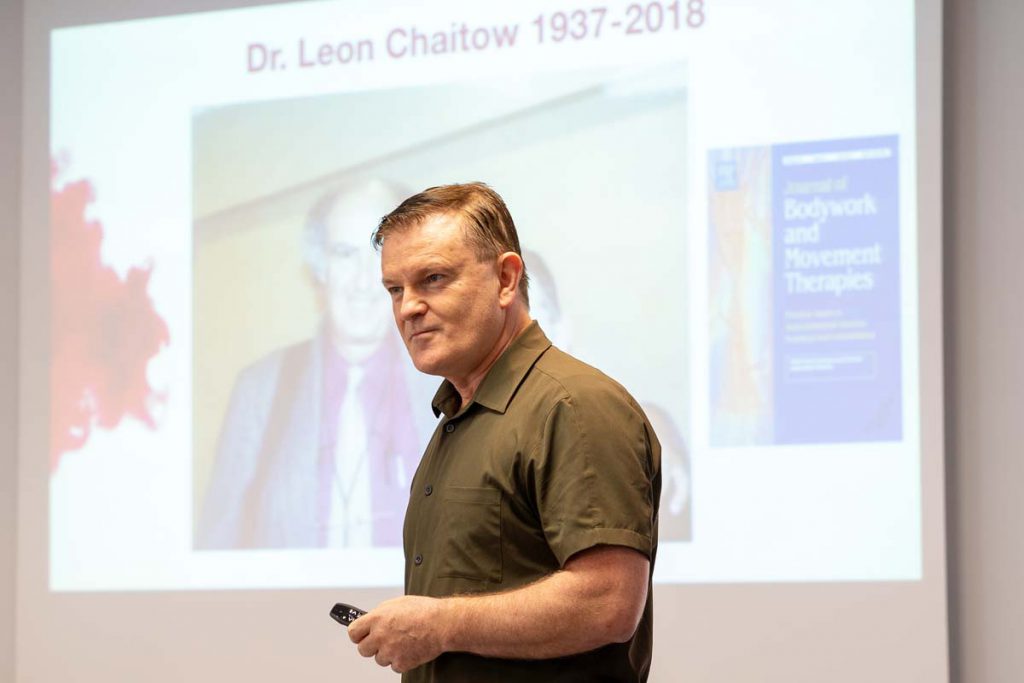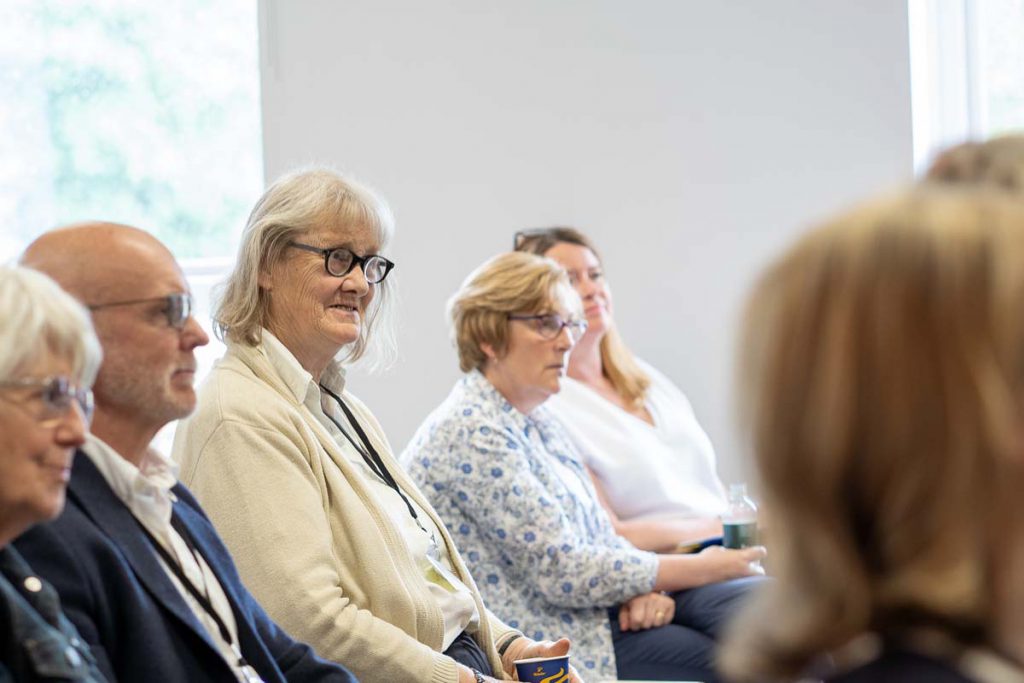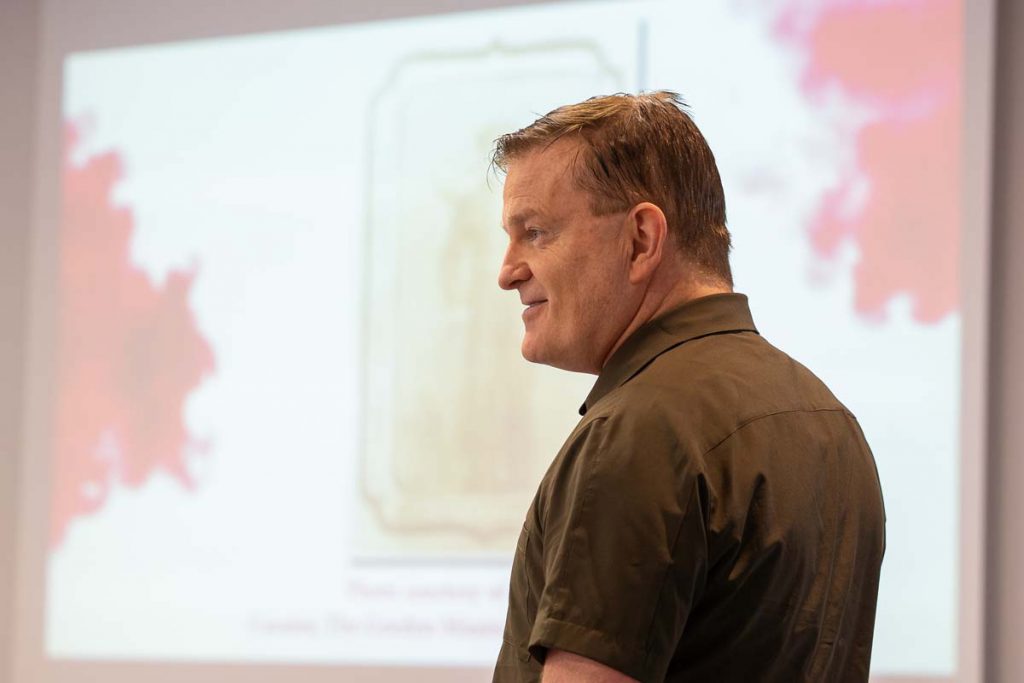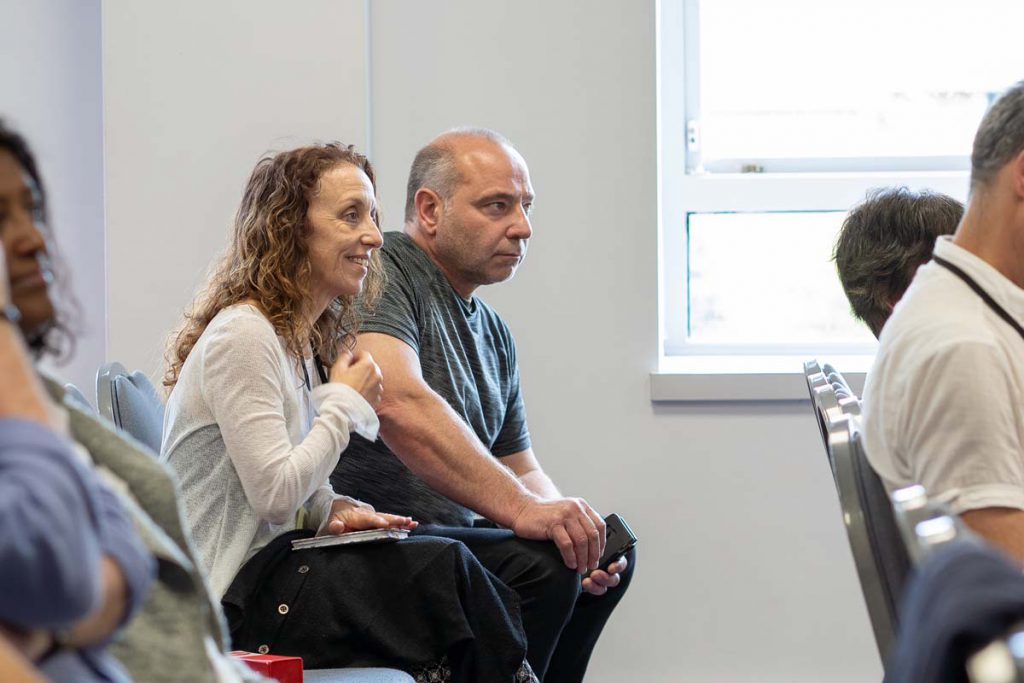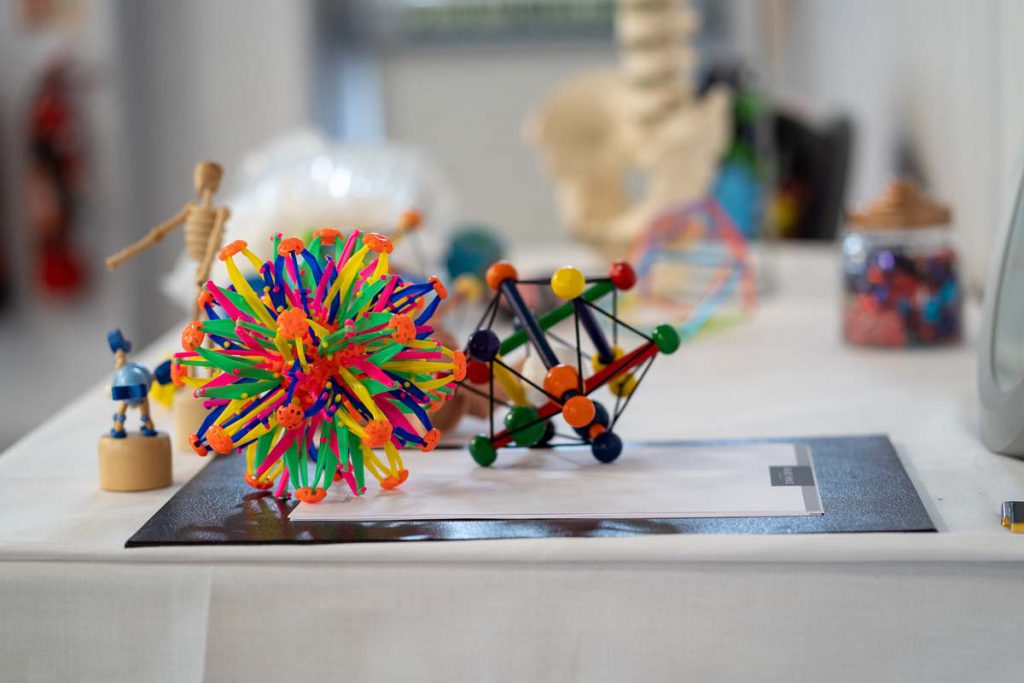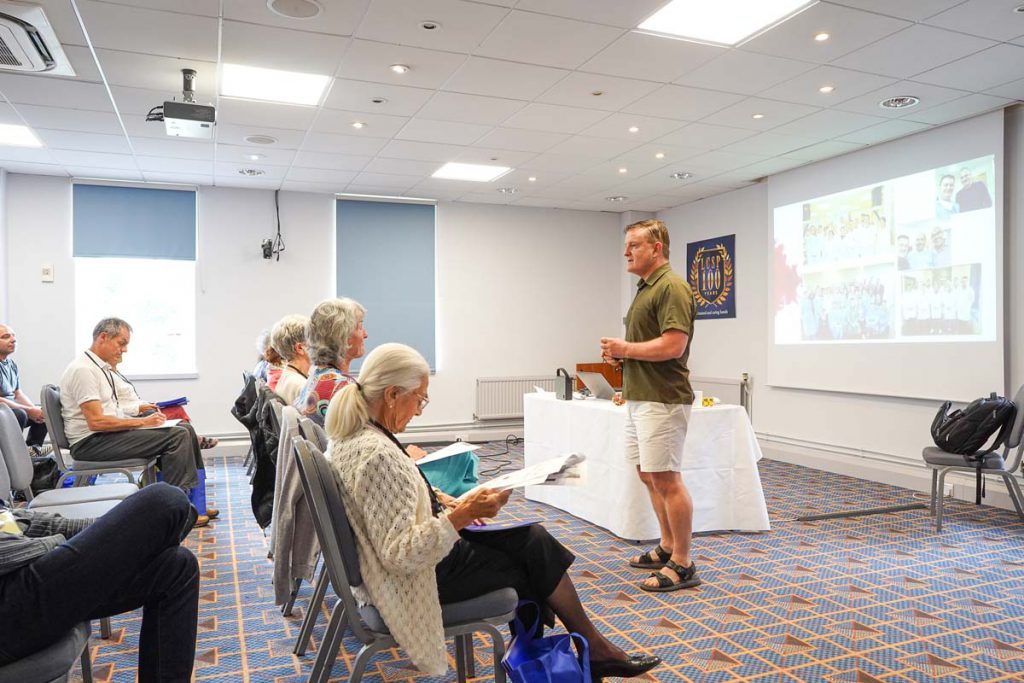John Sharkey
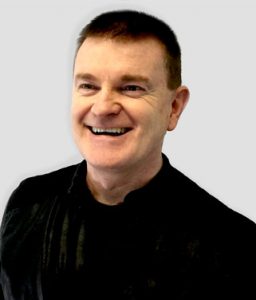
John Sharkey is an international educator, author and authority in the areas of clinical anatomy, exercise science, human movement and the manual treatment of chronic pain. He is a graduate of the University of Dundee, University of Liverpool and University of Chester. He completed undergraduate and post-graduate studies in the areas of exercise physiology, clinical anatomy and holds a post-graduate certificate in education. He is currently a senior lecturer within the Faculty of Medicine, Dentistry and Life Sciences, University of Chester/NTC, Dublin and is the programme leader of the Biotensegrity focused Thiel soft fix cadaver dissection courses department of anatomy and human identification, Dundee University, Scotland.
John has been delivering human anatomy dissection courses for many years teaching the geometry of anatomy and movement from the unique Biotensegrity-Anatomy for the 21st Century perspective. His presentations are respectful, dynamic, entertaining, educational and insightful.
John promotes his model of “Biotensegrity-anatomy for the 21st century” integrating the pioneering work of his mentor Dr. Stephen Levin MD. John has been teaching European Neuromuscular Therapy using living anatomy and specialising in chronic pain conditions. He is recognised as one of the worlds leading authorities on fascia and Biotensegrity. He is a member of the editorial board of the Journal of Bodywork and Movement Therapies (JBMT), International Journal of Osteopathic Medicine and other professional journals.
Biotensegrity-anatomy for the 21st century – 15th June 2019
Resoures
Abstract
This short article addresses the question “is knowledge of human anatomy generally and fascia specifically, important to the Yoga teacher and physical therapist”. The science of human anatomy is changing. Anatomy has entered a new chapter in the understanding of human structure and form and this new vision entitled “Biotensegrity focused anatomy” is informing all disciplines of biomedicine, movement and manual therapies. The current multidisciplinary focus on fascial tissue is poised to have an impact on the work of surgeons, massage therapists, pain specialists, manual and movement therapists including Yoga teachers and practitioners worldwide. Therapeutic improvements in our patients and clients are better understood in the context of this oft forgotten human connective tissue matrix. Modern science may now be catching up with the natural and ancient wisdom of our unbroken, unified, ubiquitous fascial fabric that research is demonstrating may be the bridge between mind and body. Unique human dissections with a special focus on the fasciae are shedding new light, new explanations and new theories on the changing face of anatomy, biomechanics, pain, motion and e-motion.
Regarding: Update on fascial nomenclature-an additional proposal by John Sharkey MSc, Clinical Anatomist is John’s response to papers looking at defining the fascia system.
